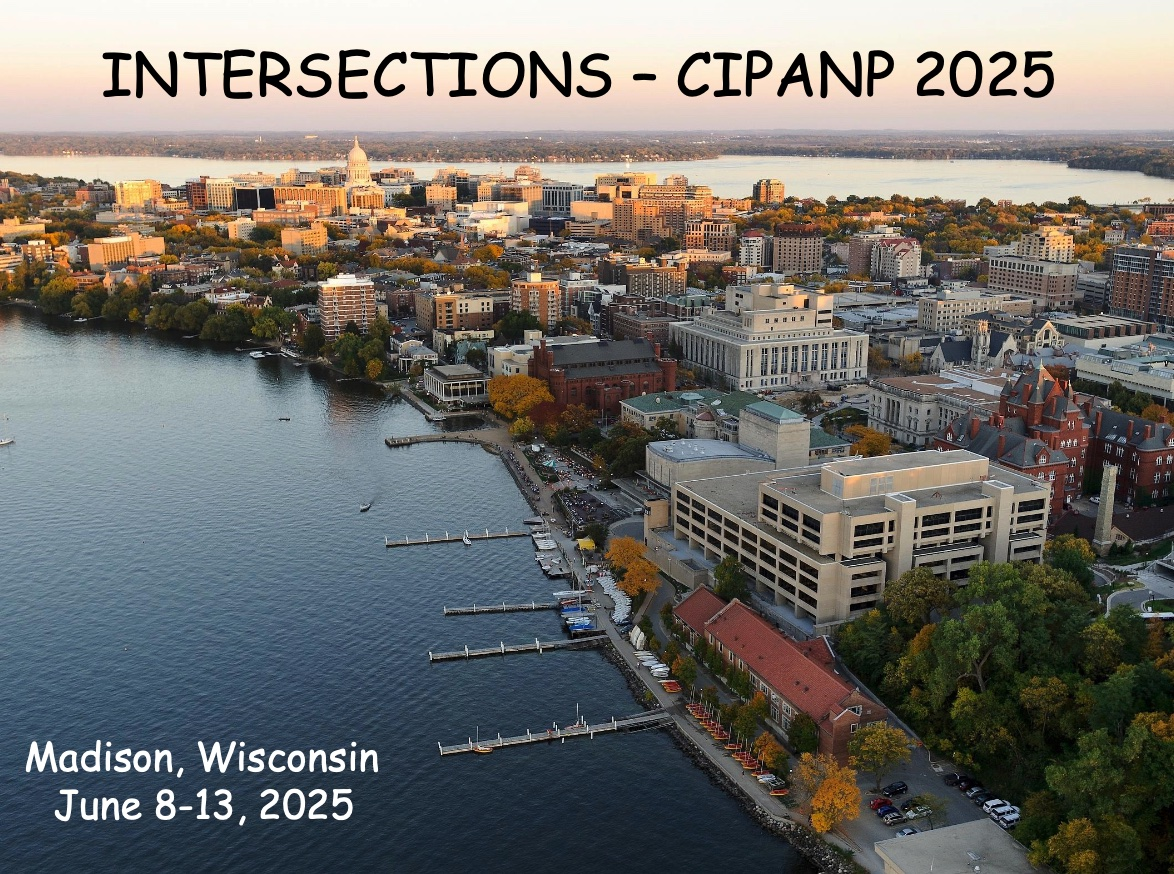Conveners
Special Session on High energy Astrophysics with Neutrino Detectors: Parallel 2
- Lu Lu (University of Wisconsin-Madison)
Special Session on High energy Astrophysics with Neutrino Detectors: Parallel 9: Joint with Neutrinos
- Kohta Murase (The Pennsylvania State University)
More than a decade after the discovery of high-energy cosmic neutrino flux, signs of anisotropy have emerged in the arrival directions of high-energy neutrinos detected by the IceCube Neutrino Observatory. NGC 1068, a nearby active galaxy, has been identified in the time-integrated search promoting active galaxies as the most prominent sources of high-energy neutrinos. Moreover, strong...
The discovery of high-energy cosmic neutrinos has opened a new frontier in astroparticle physics, providing a unique window into the most extreme environments in the universe. I will discuss the theoretical implications of the latest observations and the growing impacts of multimessenger approaches. I will highlight recent developments on high-energy neutrino emission from extragalactic...
High-energy cosmic rays interact in the Earth's atmosphere and produce extensive air showers (EAS) which can be measured with large detector arrays at the ground. The interpretation of these measurements relies on sophisticated models of the EAS development which represents a challenge as well as an opportunity to study quantum chromodynamics (QCD) under extreme conditions. The EAS development...
Observations by the IceCube Neutrino Observatory over the last decade have revealed a bright, near-isotropic high-energy neutrino background of almost entirely unknown origin, with a small number of neutrinos from identified sources: two active galaxies and the Milky Way. Understanding the origin and production mechanism of this neutrino background will require a new generation of detectors...
The Large High Altitude Air Shower Observatory(LHAASO), a state-of-the-art cosmic ray detector, has promoted significant progresses in the investigation of ultra-high-energy gamma-ray sources and hadron PeVatrons. Observations from LHAASO reveal the presence of ubiquitous cosmic accelerators with energies reaching or even exceeding the PeV scale within the Milky Way, including star-forming...
The IceCube Neutrino Observatory utilizes the Cherenkov radiation emitted by charged secondary particles produced in interactions of neutrinos with ice nucleons to detect neutrino events. Of particular interest to us is the energy spectrum of astrophysical neutrinos from unresolved sources, which we refer to as the diffuse astrophysical flux.
The measurement of the diffuse neutrino spectrum...
The most recent results from Super-Kamiokande are presented. Super-K is a large water Cherenkov experiment that has collected over 500 kton-years of exposure used to study atmospheric neutrino oscillation, solar neutrino mixing, search for nucleon decay, search for signatures of dark matter, and search for astrophysical neutrinos of all types including the those from supernova bursts, the...
IceCube is a neutrino telescope built into the ice at the south pole. The detector is sensitive to "tracks" as produced by charged current interactions from muon neutrinos and "cascades" produced by other flavors and the neutral current. Due to recent machine-learning-based advances in reconstruction, the precision of the pointing and background rejection have improved significantly, and...
Measuring the radial density profile of the Earth by observing absorption of neutrino has been discussed more than 40 years as a unique complemental method of body-wave studies based on seismic wave measurement. In this study, we use neutrino track events arriving to the IceCube neutrino observatory at the South Pole from the northern hemisphere and compare the fluxes of atmospheric and cosmic...

